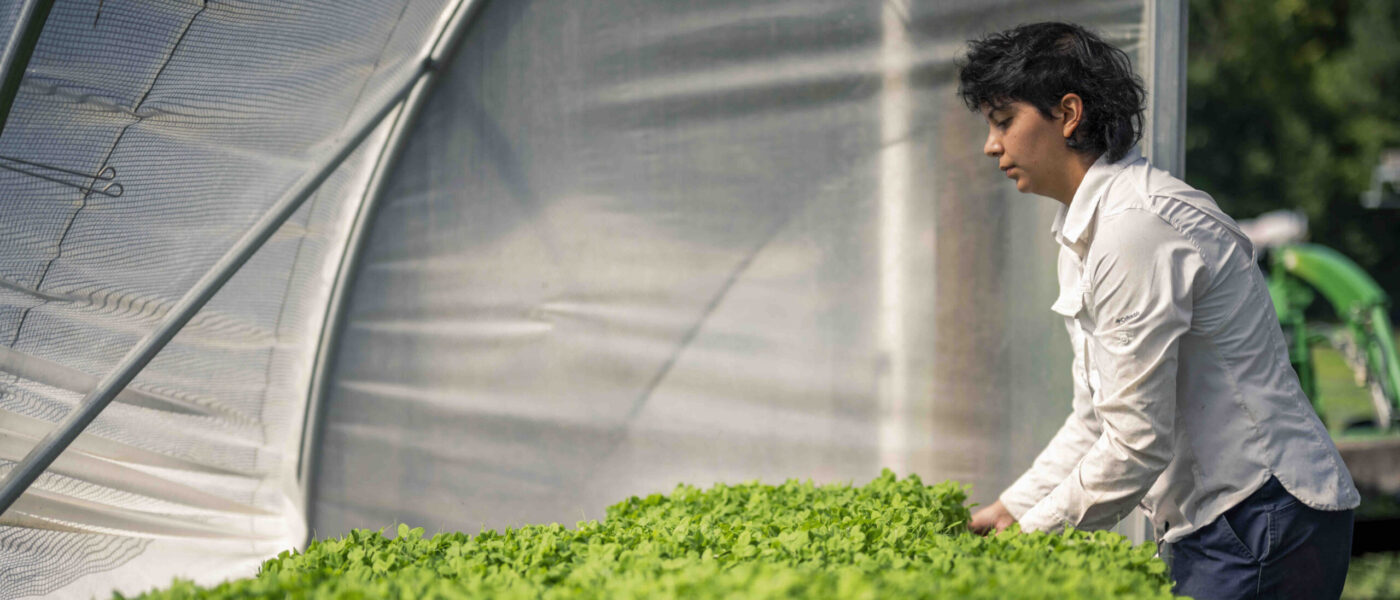 The Grain Inspection Packers and Stockyards Administration (GIPSA) met with the South Dakota Sheep Growers Association on Wednesday, Jan. 23, addressing the rapid drop in lamb and sheep prices in the nation. The issue was drawn to attention by a group of U.S. legislators including senators John Thune and Tim Johnson and Rep. Kristi Noem of South Dakota. The meeting was open to the public and investigated any variables that influenced the decline in prices. GIPSA is working to create new guidelines this year that will protect sheep producers.
The Grain Inspection Packers and Stockyards Administration (GIPSA) met with the South Dakota Sheep Growers Association on Wednesday, Jan. 23, addressing the rapid drop in lamb and sheep prices in the nation. The issue was drawn to attention by a group of U.S. legislators including senators John Thune and Tim Johnson and Rep. Kristi Noem of South Dakota. The meeting was open to the public and investigated any variables that influenced the decline in prices. GIPSA is working to create new guidelines this year that will protect sheep producers.
The crisis in the dairy industry carries on, evidenced in Maine as the Garelick Farms processing plant there is ending its production on Friday, Jan. 25, after 110 years of providing local dairy products. In other Maine dairy news, the Maine Milk Commission met to set a price minimum that dairy farmers and processors will receive in February for milk. Julie-Marie Bickford, executive director of the Maine Dairy Association, said the commission’s meeting ended with “significant inaction” due to its narrow authority on the issue since the federal government sets the ultimate price minimum. While the cost of production for a farmer to produce 100 pounds of milk is $30, farmers are only expected to see $20 per hundredweight in return in February. In other words, one-third of the cost it takes to produce milk in Maine is not being recouped based on the federal price minimum. A representative from Hannaford explained that if retailers were forced to raise the price of milk, they would most likely start looking at out-of-state dairy, displaying that the reality of the milk crisis in Maine seems to be far from resolved.
During a study to determine possible allergens in GMOs, the European Food Safety Authority (EFSA) found part of a viral gene in the genetics of common commercial GMO crops. The viral gene is known as Gene VI and threatens the pest resistant nature of the crops. Even more alarming, the EFSA discovered that Gene VI could be dangerous for humans to eat. Research found 86 foreign DNA segments in GMOs commercially sold in the United States. Of those 86, 54 contained strands of the cauliflower mosaic virus. Some of the GMOs that are affected by the DNA of the virus include Roundup Ready soybeans, MON810 maize and NK603 maize, which was recently exposed for triggering tumors to grow in rats. While at this point researchers are unsure as to the threat Gene VI poses to health and the environment, studies in the past have indicated that plant and animal viruses are often very similar. Regulators are now faced with the decision as to whether a massive recall of the effected crops is necessary or if further evaluation into the threat posed by Gene VI should be done first.
The National Climate Assessment released a report this week that said weather extremes will continue to increase and negatively impact agriculture. In the past year United States farming was plagued with heat waves, drought and even a super storm giving industrialized agriculture the upper hand. The EPA released a study indicating that 68% of nitrous oxide emissions, a greenhouse gas with atmospheric warming tendencies, is derived from agriculture in the nation. Additionally, one-third of all greenhouse gasses emitted in the world come from the food system, which calls for a massive change in the system if there is to be food security in the future. Sustainable agriculture is one way to shift the current trend of harmful practices by creating less greenhouse gasses and improve the quality of soil. A study by the International Assessment of Agricultural Knowledge, Science and Technology for Development in 2009 discovered that sustainable farming practices are “more resilient in the face of climate change” than the industrial methods. The alarming weather extremes that have recently afflicted farming in the United States are an indication that change must occur in favor of the good food movement.
The United States typically adheres to aesthetic standards for the fruit that is sold in retail stores, but that has lead to approximately $15 billion in grocery store losses in produce every year. A survey of farmers conducted by the National Resources Defense Council revealed that up to 30 percent of fresh produce becomes waste because it doesn’t reach the appearance standards to leave the farm. These figures represent problems within our food system, which has led to a partnership between FoodStar and Andronico’s Community Market. The collaboration is hoping to reduce the amount of wasted food by retailing apples for a reduced cost that do not meet the supermarket standard. FoodStar and Andronico’s are changing typical practices used by supermarkets to reduce production cost, which will directly reduce the price a consumer will pay. In just a few weeks, more than two tons of apples were sold through the program.

